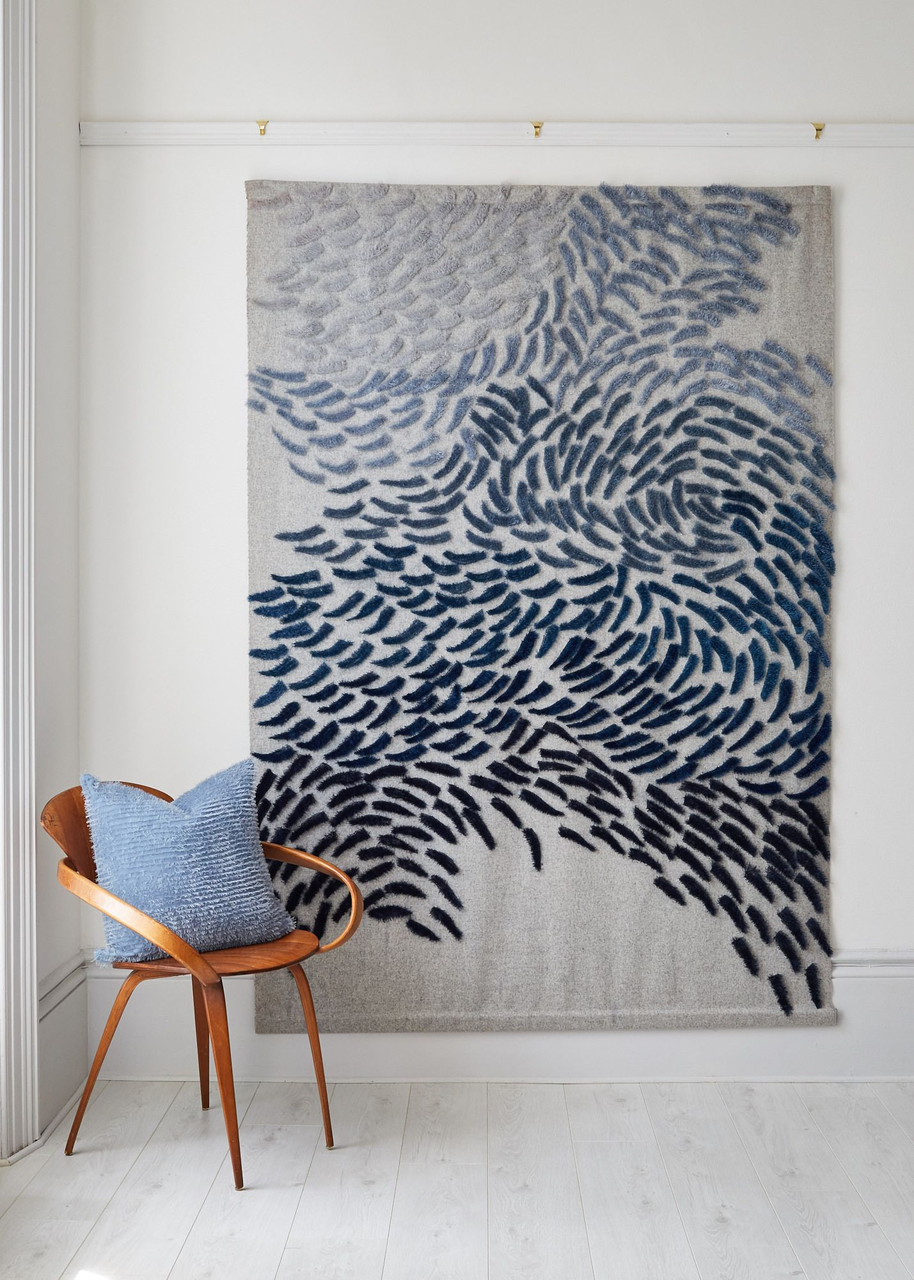Upholstery tufting is a technique that adds a touch of elegance and sophistication to furniture pieces. It involves creating patterns of depressions and buttons on fabric, giving a unique and luxurious appearance. The choice of cloth plays a crucial role in achieving the desired tufting effect. This article will explore various types of cloth that are best suited for upholstery tufting and provide valuable insights into their features and benefits.
Understanding Upholstery Tufting
Upholstery tufting, a widely employed decorative technique in furniture manufacturing and interior design, entails the meticulous tightening and securing of fabric through the use of buttons or stitches, resulting in an exquisite tufted appearance. This artful method not only enhances the visual allure of furniture but also adds an element of depth and texture to the overall design.

The Origin and Development of the Tufting
The origin of tufting can be traced back to ancient times when craftsmen and artisans began exploring techniques to enhance the aesthetics and comfort of furniture. While the exact origins are not precisely documented, tufting has been found in various cultures throughout history.
- One of the earliest instances of tufting can be seen in ancient Egypt, where pharaohs and nobles adorned their furniture with tufted textiles and cushions. These tufted pieces were not only decorative but also served a functional purpose of providing comfort and support.
- Tufting techniques also emerged in other parts of the world. In medieval Europe, tufted upholstery was commonly used in grand castles and palaces, showcasing the craftsmanship of skilled artisans. The tufting process involved hand-stitching buttons or knots through layers of fabric and padding, creating a distinctive tufted pattern.
- During the Renaissance period, tufted furniture gained popularity, and the technique continued to evolve. Upholsterers started experimenting with different fabrics and patterns, resulting in more intricate and elaborate tufted designs.
- In the 19th century, the Industrial Revolution brought significant advancements to the furniture industry. Mass production techniques enabled tufted furniture to be produced on a larger scale, making it more accessible to the middle class. Tufted upholstery became a symbol of luxury and elegance in Victorian and Edwardian homes.
- In the modern era, tufting remains a popular technique in both traditional and contemporary furniture design. With advancements in technology and materials, the process has become more efficient and diverse. Today, tufting can be found in various forms, ranging from classic button-tufting to diamond-tufting and channel-tufting, offering endless possibilities for creating unique and visually stunning upholstered pieces.
Factors to Consider when Choosing Upholstery Cloth
When selecting the best tufting cloth for upholstery tufting, several factors should be taken into account:
- Durability: The cloth should be durable enough to withstand regular use, ensuring that the tufted fabric remains intact over time.
- Texture: Different fabrics offer unique textures, ranging from smooth to coarse. The choice of texture depends on the desired aesthetic and the level of comfort required.
- Flexibility: The cloth should have enough flexibility to accommodate the tufting process without compromising the fabric’s integrity.
- Color and Pattern: The color and pattern of the cloth should complement the overall design scheme and contribute to the desired ambiance.
Types of Cloth for Upholstery Tufting
- Velvet: Velvet is a luxurious and soft fabric known for its rich texture and lustrous appearance. It is highly suitable for tufting as it creates beautiful, well-defined depressions. Velvet is available in a wide range of colors, making it versatile for various design styles.
- Linen: Linen is a natural fabric that offers a classic and sophisticated look. It has a slightly coarse texture, which adds a touch of rustic charm to tufted upholstery. Linen is highly durable and suitable for both traditional and contemporary designs.
- Silk: Silk is a luxurious fabric with a smooth and glossy surface. It provides an exquisite and refined appearance when used for tufting. However, silk requires delicate care and may not be the most practical choice for high-traffic areas.
- Leather: Leather upholstery exudes elegance and durability. It offers a distinct texture and is highly suitable for tufting, especially in more traditional or vintage-style furniture. Leather is easy to maintain and develops a beautiful patina over time.
- Chenille: Chenille is a plush fabric with a velvety texture. It is known for its exceptional softness and durability, making it ideal for tufted upholstery. Chenille is available in various colors and patterns, allowing for versatile design options.
Conclusion
Selecting the best tufting cloth is crucial for achieving outstanding tufted upholstery. Velvet, linen, silk, leather, and chenille are some of the top choices that offer different textures, durability, and aesthetics. Consider the factors mentioned and choose the cloth that aligns with your design vision and desired level of comfort. By carefully selecting the appropriate cloth, you can create stunning tufted upholstery that adds a touch of sophistication and luxury to your furniture pieces.
FAQs
Can any type of cloth be used for upholstery tufting?
Answer: While many types of cloth can be used, it is essential to choose fabrics with the right qualities such as durability, flexibility, and appropriate texture for achieving optimal tufting results.
Does the choice of cloth affect the comfort of tufted furniture?
Answer: Yes, the choice of cloth impacts the comfort level of tufted furniture. Fabrics with a softer texture, like velvet or chenille, provide a more comfortable seating experience.
Are there any specific maintenance requirements for tufted upholstery?
Answer: The maintenance requirements depend on the chosen fabric. Some fabrics may require professional cleaning, while others can be spot-cleaned or vacuumed regularly. Refer to the manufacturer’s guidelines for proper care instructions.
Can tufting be added to existing furniture?
Answer: Yes, tufting can be added to existing furniture by reupholstering the piece. However, it is recommended to consult with a professional upholsterer to ensure proper techniques are used.
Are there any design styles that particularly suit tufted upholstery?
Answer: Tufted upholstery is versatile and can complement various design styles, including traditional, vintage, contemporary, and even eclectic aesthetics.
